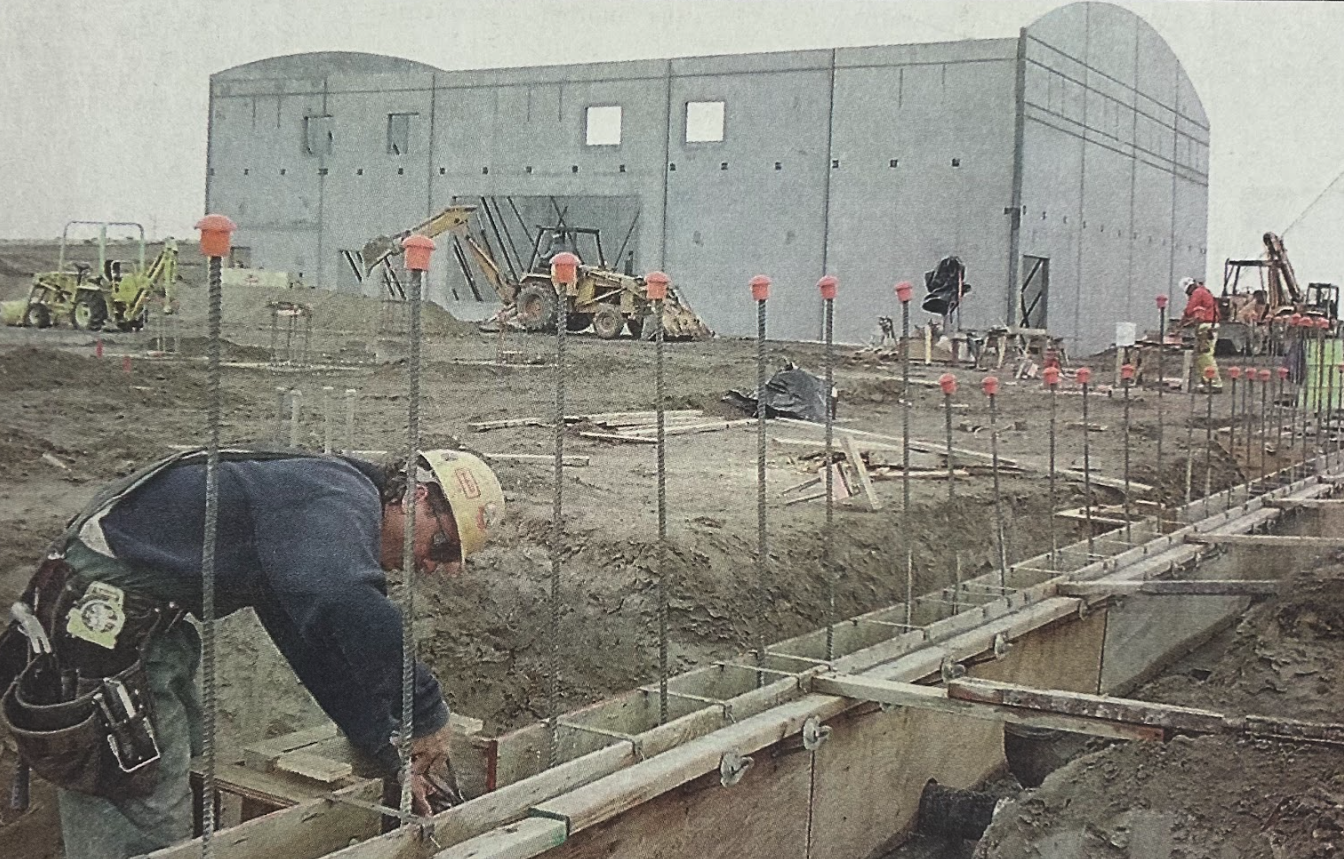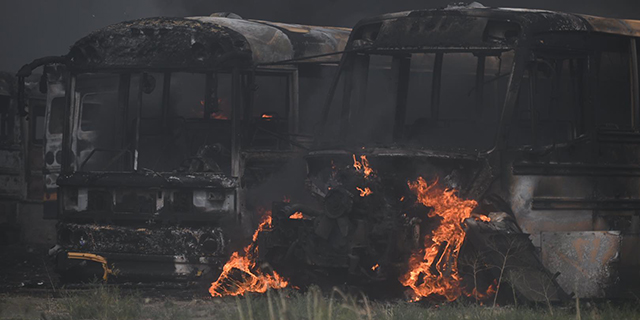Pendleton officials expect massive public investment in UAS will spur private investment
Published 6:02 pm Monday, April 8, 2019
Business is up at the Pendleton Unmanned Aerial Systems Range, but it’s come at a cost of a significant chunk of public money. According to city officials, the city has spent $495,160 for range infrastructure for UAS test pads, marketing, and other costs. The state’s kicked in another $2.4 million for hangars and staff for the UAS range.
On the eve of an anticipated $3 million in federal money, the city is upping the ante: the Pendleton City Council took the first step in allocating $11 million toward a UAS range expansion.
Using money from state loans that were secured through a five-year water and sewer rate hike initiated in 2015, the city expects to move forward with utility and road extensions to the test range’s third phase — a cluster of hangars and taxiways south of the Oregon National Guard armory — and the range’s final phase, a large UAS industrial park north of the Pendleton airport’s runways.
Although the test range has attracted high profile clients like Airbus, Yamaha, and defense contractor PAE, the UAS industry hasn’t matched the city and state’s infrastructural investments.
Many companies are either housed in pre-existing hangars featuring publicly financed renovations or in hangars built for them by the test range. The city is in the process of building a new, $2.6 million hangar for PAE ISR using a state loan.
Steve Chrisman, the airport manager and economic development director, said there are already private companies looking to develop at the airport as the result of the UAS range.
Chrisman said California developer Steven Takeyama and a company called QL Investments are slated to build a 26,406-square-foot hangar and 30,800-square-foot hangar, respectively.
Although the hangars are expected to cater to mostly general aviation clients, Chrisman said they should also attract some UAS customers.
“Both of the private developers would tell you that if not for the unmanned test range and the potential anchor tenants they can supply, their projects wouldn’t make sense to develop,” he said.
Chrisman said the new UAS industrial park should spur private development.
Public Works Director Bob Patterson said there was a way for UAS companies to take part in sharing the cost of infrastructure: system development charges.
System development charges are fees assessed to developers for the impact their structure will put on a public system.
Patterson said these charges can either be levied up front or spread out through utility bills.
The council adopted the methodology needed to assess system development charges for water, sewer, and stormwater in 2015, but members stopped short of implementing them.
And since then, most of the council has turned over and hasn’t had in-depth discussions revisiting the topic.
Pendleton Mayor John Turner said he liked the idea of having UAS companies building their own hangars and infrastructure, but he didn’t know enough about system development charges to talk about them.
Turner said the city had a role to play for providing infrastructure for UAS companies that will generate revenue for the airport.
While some companies don’t pay monthly utility fees for water and sewer(Chrisman said those that don’t pay a higher rent to make up for it), Chrisman said he expects all customers at the UAS industrial park will pay for their own utilities.
With the city still waiting on final word about its $3 million grant from the U.S. Economic Development Administration, the city will have to wait to start on the industrial park project because it wants to use the grant for road extensions to the site.
Patterson said work on the overall UAS expansion will start over the summer.





